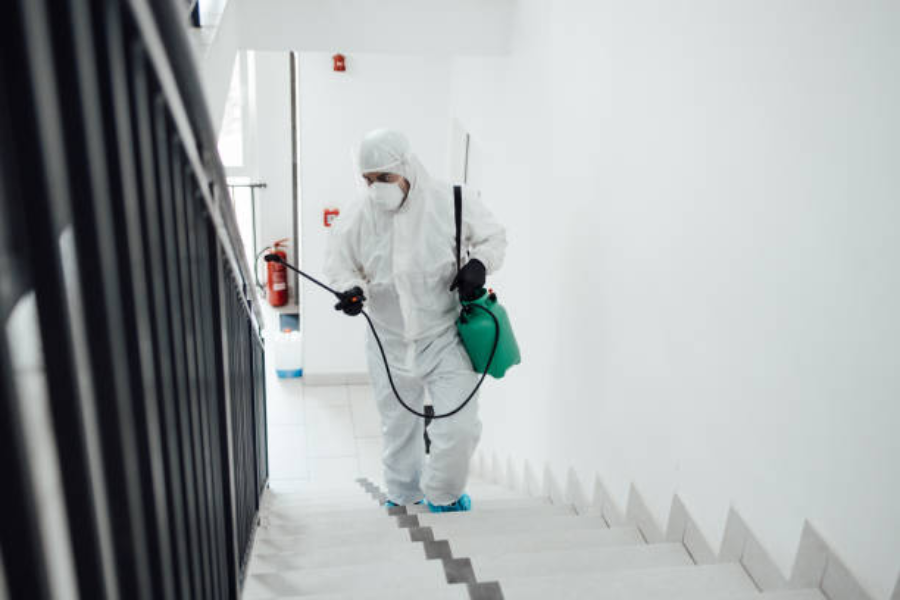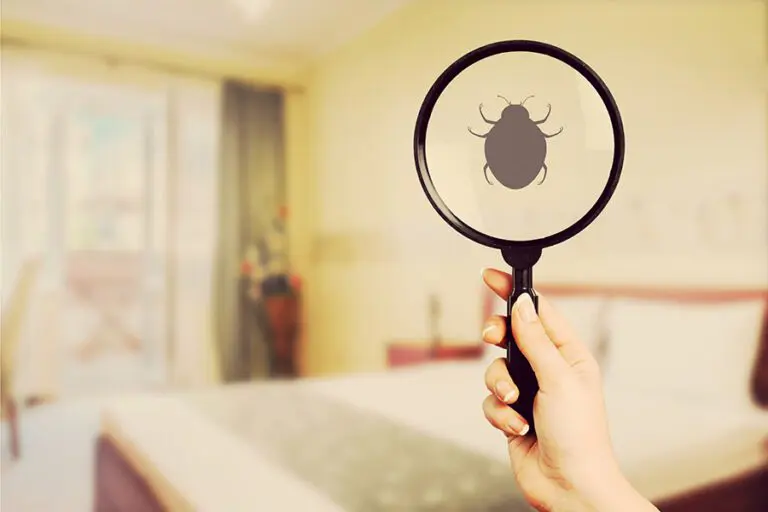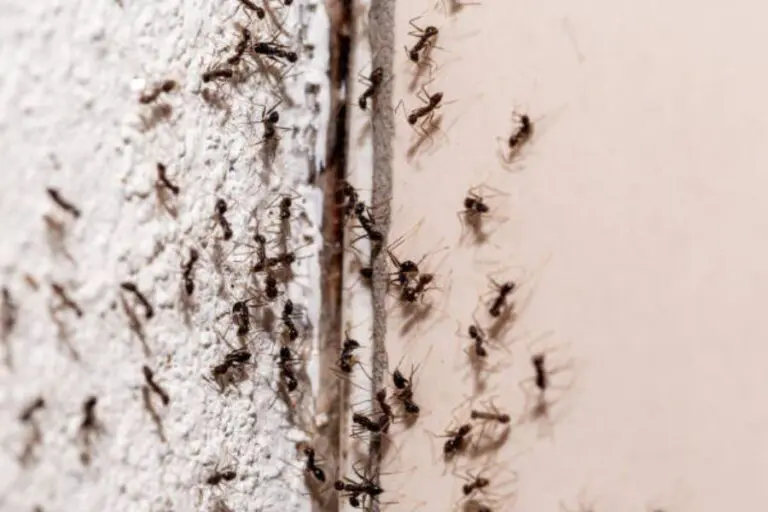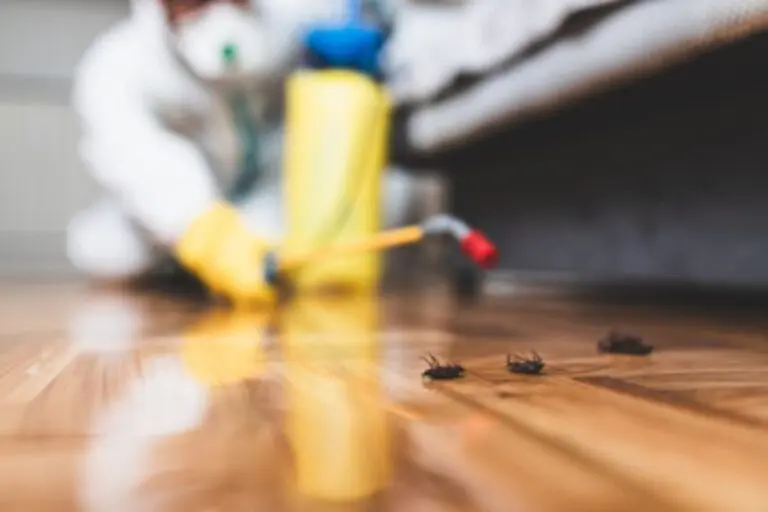The Hidden Costs of Ignoring Pest Control in Commercial Properties

The Overlooked Importance of Pest Control in Commercial Properties
Pest control is often disregarded until infestations become severe. However, the consequences of neglecting pest control in commercial properties extend beyond visible damage. Businesses that fail to address pest issues face significant financial losses, legal repercussions, and reputational harm. Preventative pest control is crucial to avoiding these costly problems.
Financial Losses from Pest Infestations
Ignoring pest control in commercial properties results in substantial economic consequences. Infestations lead to property damage, loss of inventory, and increased maintenance costs. Businesses in the food, hospitality, and healthcare industries are particularly vulnerable to revenue losses due to contamination and customer complaints. The costs of emergency pest treatments far exceed those of routine preventative measures.
Increased Maintenance and Repair Costs
Structural damage caused by pests such as rodents and termites requires extensive repairs. Wooden structures, wiring, insulation, and plumbing systems are commonly affected. Gnawed wires may even cause electrical fires, posing a safety risk.
Product Contamination and Waste
Pest infestations frequently compromise stored goods and perishable items. Rodents, cockroaches, and insects contaminate food products, leading to waste and financial setbacks. Businesses must dispose of affected stock, resulting in direct and indirect revenue loss.
Reputational Damage and Loss of Customer Trust
Customers are quick to react to signs of poor hygiene and pest infestations. Negative online reviews and social media exposure significantly impact brand reputation. In the hospitality and food service industries, a single pest sighting can lead to customer loss and decreased revenue. Proactive pest control ensures businesses and commercial properties maintain a positive image.
Legal and Regulatory Consequences
Commercial properties must comply with strict health and safety regulations. Businesses that neglect pest control face fines, legal actions, and even forced closures. Health inspections frequently assess pest control measures, and violations can result in costly legal proceedings.
Health Code Violations
Government health departments enforce strict pest management requirements, especially in food-related industries. Non-compliance can lead to revoked licenses and operational shutdowns.
Lawsuits and Liability Claims
Employees and customers affected by pest infestations may pursue legal claims against businesses. Compensation costs and legal fees add further financial strain to companies that neglect proper pest control.
Workplace Safety and Employee Productivity
Pest infestations create unsafe working conditions. Employees exposed to pests may experience health issues, leading to increased absenteeism and reduced productivity. Common health risks include respiratory problems, allergic reactions, and infections. A pest-free environment ensures a healthier and more efficient workforce.
Long-Term Business Impacts
The long-term consequences of ignoring pest control extend beyond immediate financial losses. Companies or commercial properties that fail to address pest issues may struggle to recover from reputational damage. Partnering with professional pest control services safeguards businesses from prolonged adverse effects.
Investing in Preventative Pest Control
Preventative pest control strategies help businesses avoid costly infestations. Routine inspections, employee training, and professional pest management services ensure commercial properties remain pest-free. The cost of prevention is significantly lower than the expenses incurred from infestations.
The Benefits of Proactive Pest Control
Implementing a proactive pest control strategy is the most effective way to mitigate the risks associated with infestations. By taking preventative measures, businesses can avoid the disruption and costs of emergency interventions. Here are some key benefits of investing in proactive pest control:
1. Early Detection and Prevention
Routine inspections by pest control professionals allow for the early detection of potential issues. By catching problems early, businesses can avoid full-blown infestations that lead to extensive damage and costly repairs. Regular check-ups ensure that pests are prevented from taking hold in the first place.
2. Reduced Operational Disruption
Pests can significantly disrupt daily operations. For example, a restaurant may be forced to close temporarily if an infestation is detected, leading to a loss of revenue and customer trust. Proactive pest control keeps businesses operating smoothly by addressing pest issues before they escalate.
3. Improved Employee and Customer Experience
A pest-free environment improves the health and safety of employees and boosts their morale. When the workplace is clean and free of pests, it’s easier to maintain a motivated, productive workforce. Likewise, customers are more likely to return to a business where they feel safe and comfortable, knowing that pest control is taken seriously.
4. Compliance with Industry Standards
Specific industries, such as food service and healthcare, face strict regulations regarding pest management. Maintaining a preventative pest control program helps businesses comply with local and national health codes. Non-compliance can result in penalties, fines, or even the suspension of operations. A proactive pest control approach ensures that businesses are always prepared for inspections.
How to Implement an Effective Pest Control Plan
To achieve the benefits of proactive pest control, businesses need to develop and implement an effective plan tailored to their specific needs. Here are some steps to consider when setting up a pest control strategy:
1. Assess the Property
The first step is to conduct a comprehensive assessment of the property. This includes identifying common entry points for pests, areas of vulnerability, and any existing pest problems. Engaging a professional pest control service can provide valuable insight into areas that require attention.
2. Create a Pest Management Plan
Businesses should work with pest control experts to create a detailed pest management plan based on the assessment. This plan should include regular inspections, treatment schedules, and preventative measures such as sealing cracks and gaps in the building’s structure, installing traps, and maintaining cleanliness in food storage and preparation areas.
3. Employee Training
Staff members should be trained to identify early signs of a pest problem and follow protocols for reporting issues. This training should also emphasise the importance of maintaining cleanliness to avoid attracting pests. Employees are the first line of defence, and their awareness is key to an effective pest control strategy.
4. Regular Monitoring and Maintenance
Pest control is an ongoing process. Regular monitoring is essential to ensure that the pest control plan remains adequate. Adjustments may need to be made based on seasonal changes or new pest threats. Regular maintenance helps keep the property in top condition and reduces the risk of future infestations.
5. Partner with a Professional Pest Control Service
While some basic pest prevention measures can be handled internally, partnering with a professional pest control company provides an extra layer of expertise and support. These specialists can handle more complex issues and ensure that the property is consistently monitored for any signs of pests.
The Future of Pest Control in Commercial Properties
As industries evolve, so do pest control strategies. With increasing health, safety, and sustainability awareness, businesses must stay ahead by adopting innovative pest management techniques. The future of pest control in commercial properties will rely on smarter, more integrated, and environmentally conscious solutions.
1. Integrated Pest Management (IPM)
Integrated Pest Management (IPM) is an advanced, strategic approach that combines multiple pest control methods to minimise risks while maximising effectiveness. IPM focuses on long-term prevention rather than reactive extermination. Businesses implementing IPM benefit from the following:
- Regular Monitoring – Identifying early signs of infestation before they escalate.
- Eco-Friendly Treatments – Using biological and non-chemical solutions whenever possible.
- Habitat Modification – Eliminating food, water, and shelter sources that attract pests.
- Targeted Chemical Use – Applying pesticides only when necessary and in controlled amounts.
This approach reduces the reliance on harmful chemicals while ensuring pest control remains efficient and sustainable.
2. AI and Automation in Pest Control
Artificial intelligence (AI) and automation transform pest control by improving detection, prevention, and treatment strategies. Businesses are beginning to use:
- AI-Powered Cameras & Sensors – These detect real-time pest movement, allowing immediate intervention.
- Automated Traps – Smart traps that notify pest control teams when triggered, ensuring quick response.
- Machine Learning Models – AI algorithms that analyse past infestation patterns to predict future risks.
By integrating AI-driven pest control, businesses can enhance efficiency and reduce the likelihood of significant infestations.
3. Non-Toxic and Green Pest Control Alternatives
As environmental concerns grow, businesses are moving toward non-toxic pest control solutions. The future of pest management includes:
- Essential Oil-Based Repellents – Natural oils like peppermint, citronella, and neem that deter pests without harmful chemicals.
- Heat and Cold Treatments – Extreme temperature treatments that eliminate pests without pesticides.
- Ultrasonic Pest Repellers – Devices that use sound waves to drive away rodents and insects.
These eco-friendly alternatives help businesses meet sustainability goals while ensuring a pest-free environment.
4. Strengthening Industry Regulations and Compliance
Governments and regulatory bodies continuously tighten pest control regulations, especially in high-risk industries like food service, healthcare, and hospitality. Future trends in pest control compliance may include:
- Stricter Inspection Protocols – More frequent health and safety checks for businesses.
- Mandatory Digital Pest Control Records – Keeping electronic logs of pest control measures for transparency.
- Greater Accountability for Violations – Higher fines and penalties for businesses failing to meet pest management standards.
Businesses must stay informed about these evolving regulations to ensure compliance and avoid costly legal repercussions.
5. Collaboration Between Businesses and Pest Control Experts
As pest management becomes more complex, collaboration between businesses and professional pest control services will become essential. Companies will benefit from:
- Tailored Pest Prevention Plans – Customised solutions based on industry-specific challenges.
- Staff Training Programs – Educating employees on pest prevention best practices.
- Advanced Risk Assessments – Regular property inspections to identify potential vulnerabilities.
This proactive approach will ensure commercial properties remain protected from infestations year-round.
The pest control industry is evolving rapidly, with new technologies, eco-friendly methods, and regulatory changes shaping the future. Businesses that adapt to these advancements will not only prevent costly infestations but also enhance workplace safety, protect their reputation, and contribute to a healthier environment. As the demand for smarter and more sustainable pest management grows, staying ahead of industry trends will be crucial for long-term success.





